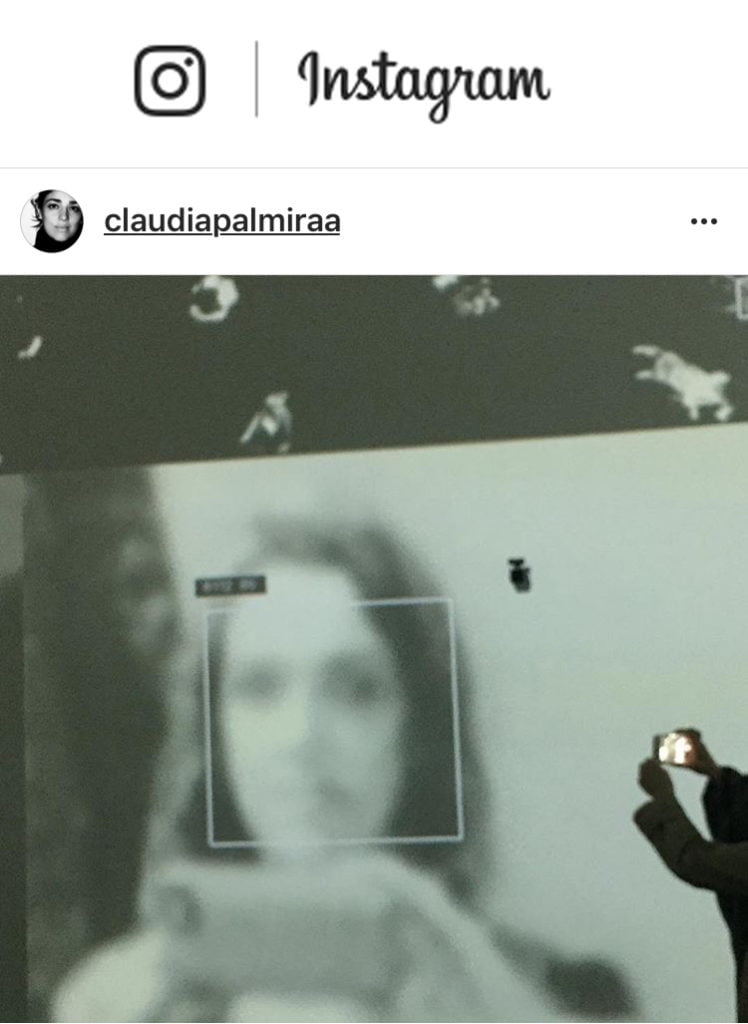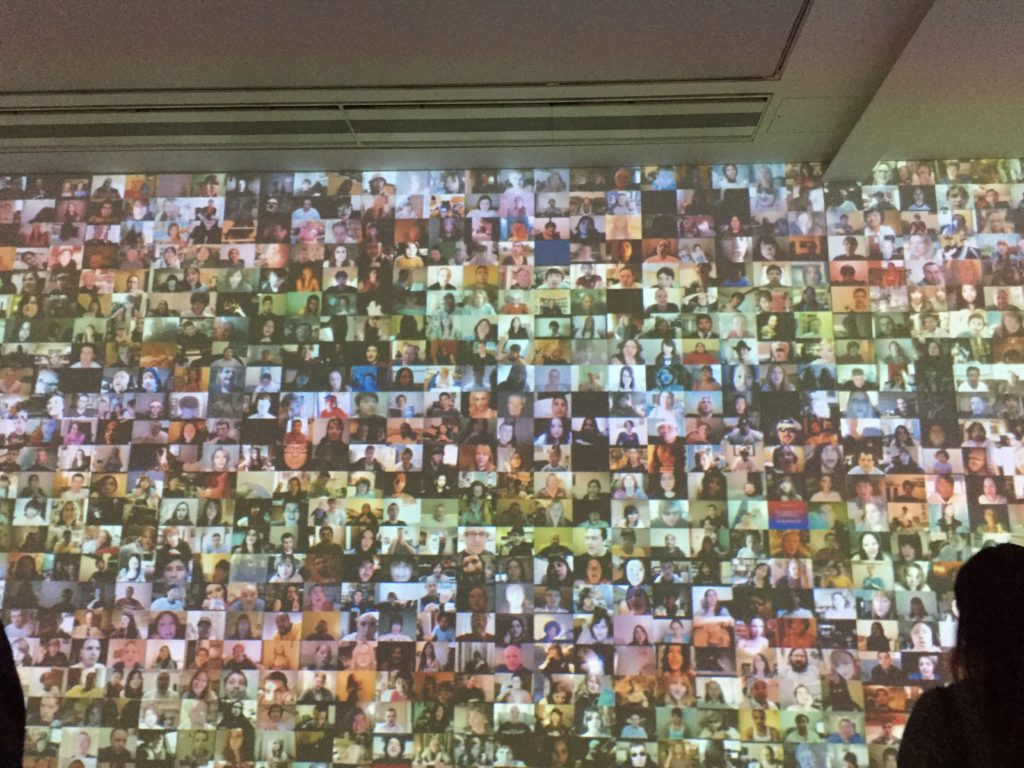Zooming in on yourself at the Saatchi Gallery London
The word selfie is often met with an inner eye roll – aren’t selfies just a step on the path to our increasingly individualistic society – don’t they hint of collective narcissism? However, looking beyond the digital realm and social media, “selfies” have been a long-standing form of expression for decades. From Diego Velázquez to Van Gogh to Frida Kahlo to Cindy Sherman – artists throughout history have branded themselves through self-portraiture.
Saatchi Gallery London recognizes this evolving form of visual autobiography with their exhibition “From Selfie to Self Expression.” Two floors and ten rooms are filled with the history of selfies dating all the way back to the 16th century. In a clever and provocative curatorial choice, seminal, historical self-portraits were presented on high-resolution monitors – which served to equalize these painted self-portraits to contemporary photographic ones. Beneath each monitor, a chance to “like” the image, further locating it in the current media stream.
In other rooms of this large exhibition were mirrored, responsive and interactive sculptures; reams of iconic and unusual selfies taken in a huge range of locations by celebrities both renowned and newly-minted.

The immersive Zoom Pavilion created by artists Rafael Lozano Hemmer and Krzysztof Wodickzo struck me the most for both its innovation and beauty. The interactive three-wall installation incorporates digital technology to create an onslaught of public connection and interactivity. Using a face recognition algorithm, surveillance cameras detect individual spatial relations within the crowd and zooms in up to 35x distorting the many to only a single face. Realtime grainy greyscale videos are projected on the four walls of the darkened gallery – tracking the movements of the gallery’s visitors from all angles in an ever-changing sequence. Overlaid squares and time stamps over the videos emphasize the camera’s dominance over the visitor. But instead of being an unpleasant feeling – who wants to be spied on? – the experience is more like a game. The goal seems to be spotting yourself in the projections.
Your interest in this easy-to-read exhibition might be in simply enjoying its playfulness; it might also provoke deeper reflections; or it might simply remind us that in most of our hands, we have a tool to uncover our own creativity and add our own tiny imprint to the fast-flowing stream of new imagery.

